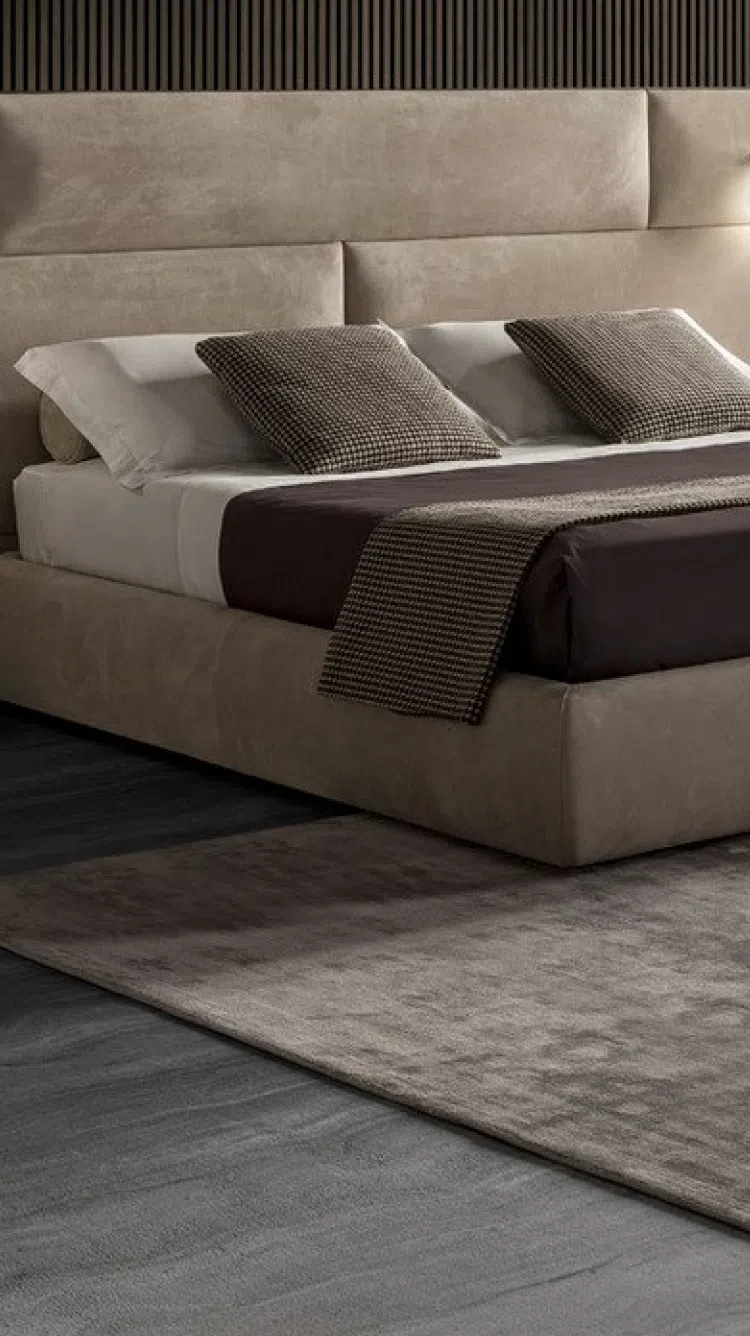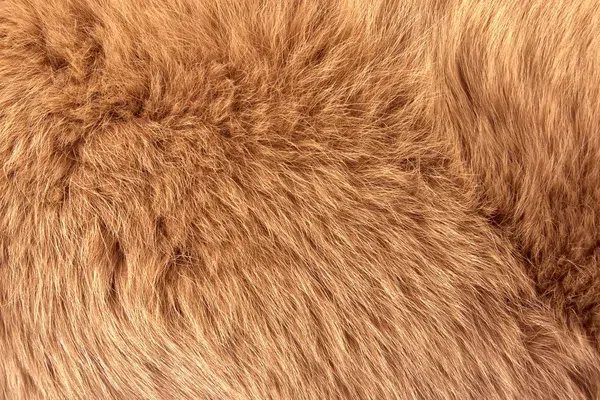Natural fur, derived from animals like minks, rabbits, foxes, and others, is typically associated with luxury goods and clothing—such as coats and accessories—rather than furniture. Its use in furniture would be limited to accent pieces or decorative elements due to the delicate and specialized care it requires.
Characteristics of Natural Fur for Furniture Application:
Texture and Comfort: Natural fur would provide a unique tactile experience, characterized by softness and warmth. This could potentially add a level of comfort and luxury to a piece of furniture, often as an upholstered element on accent chairs, pillows, or throws.
Aesthetics: Fur offers a plush and visually interesting texture that can add depth and a sense of opulence to a room’s décor. Its natural tones and patterns can complement various design schemes, from rustic to glamorous.
Insulation: Fur has natural insulating properties due to its thermal retention capabilities, making it a potentially cozy addition for furniture in cooler climates or settings.
Durability and Maintenance: While fur can be fairly durable, it is also susceptible to shedding and may deteriorate over time if not maintained properly. The material requires careful cleaning, often needing professional fur care, to maintain its appearance and texture. It can also be damaged by spills and is not recommended for high-traffic or multipurpose items.
Ethical Considerations: The use of natural fur is contentious due to animal welfare and ethical issues. Fur farming and the trapping of wild animals for their pelts are practices that have been increasingly criticized and, in some cases, legally restricted. Synthetic or faux fur is often used as an alternative to circumvent these concerns.
Sustainability: Beyond ethical concerns, the environmental impact of natural fur production can be significant, involving energy-intensive processes from feeding and maintaining the animals to the chemicals used in fur processing. In response, there has been a growing trend toward using more sustainable and less impactful materials.
Regulations and Legal Restrictions: Several countries and regions have imposed restrictions or outright bans on fur farming and trade due to ethical reasons. This limits the availability and use of fur in these areas, potentially affecting the feasibility of using natural fur in furniture.
Cost: Fur is often expensive, reflecting the cost of production and processing. Furniture pieces incorporating natural fur would be priced at a premium, targeting a luxury market segment.
Given these factors, it's important to note that while natural fur could theoretically be used for luxury-oriented and specialized furniture, its application in the furniture industry is limited and controversial. Alternatives like high-quality faux fur provide similar aesthetic and comfort benefits without the ethical and maintenance drawbacks. These synthetic materials have become popular for adding a fur-like look to furniture while being more durable, easier to care for, and ethically conscientious.



